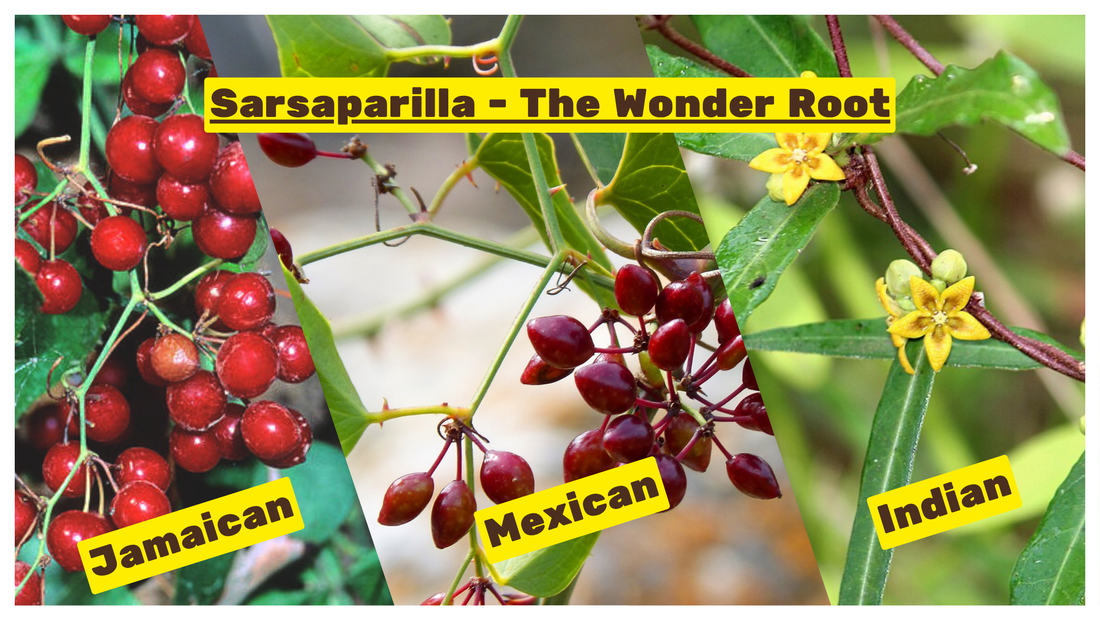
Sarsaparilla: Jamaican vs. Mexican vs. Indian — What’s the Difference?

Sarsaparilla: Jamaican vs. Mexican vs. Indian — Roots with a World of Difference
When you hear the word sarsaparilla, you might picture old-time herbal tonics, folk remedies, or even the nostalgic flavors of classic root drinks. But did you know that “sarsaparilla” can refer to several different plants, each with its own unique story, taste, and traditional uses? Today, let’s explore the fascinating world of Jamaican, Mexican, and Indian sarsaparilla—how they’re similar, how they differ, and why it matters.
What is Sarsaparilla?
Sarsaparilla is a name that’s been used for centuries to describe various climbing vines whose roots are prized in herbal medicine. The word itself comes from the Spanish “zarzaparrilla,” meaning “bramble vine.” While these roots share a similar reputation for wellness, their botanical origins and properties can be quite different.
Jamaican Sarsaparilla: The Classic Herbal Root

Botanical Name: Smilax ornata (also known as Smilax regelii)
Origin: Jamaica, Central America, Caribbean
Jamaican sarsaparilla is often considered the “true” sarsaparilla. Its roots have been used for centuries by indigenous peoples of the Caribbean and Central America. Later, it was adopted by European herbalists for its reputed ability to “purify the blood” and support skin and joint health.
Flavor Profile: Earthy, subtly sweet, with mild bitterness.
Traditional Uses:
- General wellness tonic
- Support for healthy skin
- Relief for joint discomfort
- “Blood purifier” in folk medicine
Jamaican sarsaparilla contains natural plant compounds called saponins, which are thought to contribute to its health benefits. It’s still a popular ingredient in herbal blends and wellness teas.
Mexican Sarsaparilla: A Close Cousin

Botanical Name: Smilax aristolochiifolia and related species
Origin: Mexico, Central America
Mexican sarsaparilla is closely related to its Jamaican cousin, both botanically and in traditional use. The roots are harvested from wild vines in the forests of Mexico and Central America. They share a similar flavor and are often used interchangeably in herbal medicine.
Flavor Profile: Similar to Jamaican—earthy, slightly sweet, and mild.
Traditional Uses:
- General wellness
- Support for healthy skin and joints
- Used in traditional remedies for centuries
Both Jamaican and Mexican sarsaparilla are rich in saponins and triterpenes, which are believed to have anti-inflammatory and antioxidant properties.
Indian Sarsaparilla: The Ayurvedic Alternative

Botanical Name: Hemidesmus indicus
Origin: India
Indian sarsaparilla, sometimes called “false sarsaparilla,” is botanically unrelated to the Smilax species of the Americas. In India, it’s known as Anantmool or Sugandhi and is a staple of Ayurvedic medicine.
Flavor Profile: More bitter than its American counterparts, with a distinctive vanilla-like aroma.
Traditional Uses:
- Detoxification and cooling the body
- Supporting skin health
- Used as a gentle tonic for digestion and urinary health
- Often included in Ayurvedic blends for its soothing and purifying effects
Unlike Jamaican and Mexican sarsaparilla, Indian sarsaparilla contains different active compounds, such as hemidesmin and other unique phytochemicals.
Why the Differences Matter
If you’re shopping for sarsaparilla root or products, it’s important to know which variety you’re getting. While all three are used for wellness, their flavors, traditional applications, and even their safety profiles can differ:
- Jamaican and Mexican sarsaparilla are best for those seeking a milder, earthy flavor and are most often found in Western herbal traditions.
- Indian sarsaparilla is the go-to for Ayurvedic practitioners and those looking for a more aromatic, slightly bitter root with cooling properties.
Always check the botanical name on herbal products to ensure you’re getting the right root for your needs.
At a Glance: Sarsaparilla Comparison Table
| Type | Botanical Name | Origin | Flavor Profile | Common Uses |
|---|---|---|---|---|
| Jamaican Sarsaparilla | Smilax ornata/regelii | Jamaica, Central America | Earthy, subtly sweet | Herbal medicine, tonics, wellness |
| Mexican Sarsaparilla | Smilax aristolochiifolia | Mexico, Central America | Similar to Jamaican | Herbal medicine, tonics, wellness |
| Indian Sarsaparilla | Hemidesmus indicus | India | Bitter, vanilla-like | Ayurvedic medicine, detox, skin care |
Sarsaparilla roots from around the world have been cherished for generations, each bringing its own character to the table. Whether you’re drawn to the earthy sweetness of Jamaican and Mexican sarsaparilla or the aromatic bitterness of the Indian variety, understanding these differences helps you make the best choice for your wellness routine or herbal explorations.
Always consult a qualified healthcare provider before starting any new herbal supplement.
Have you tried any of these sarsaparilla roots? Share your experiences or favorite uses in the comments below!

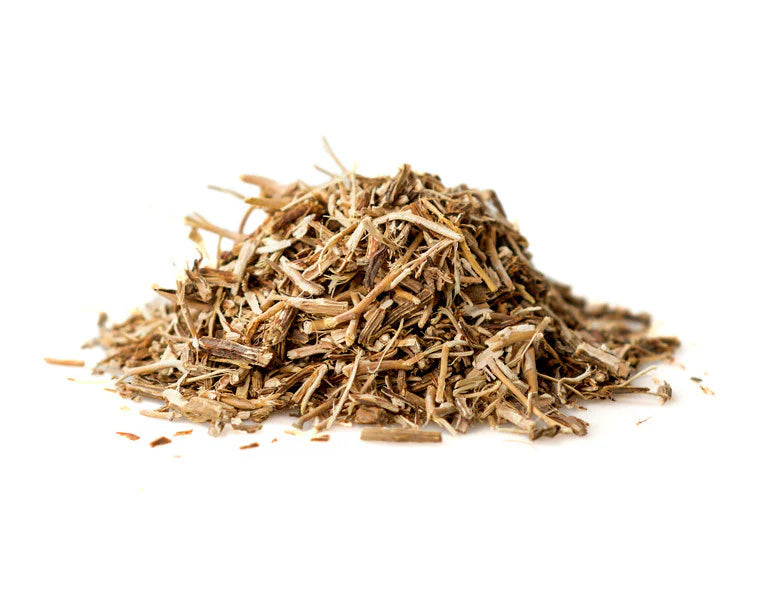
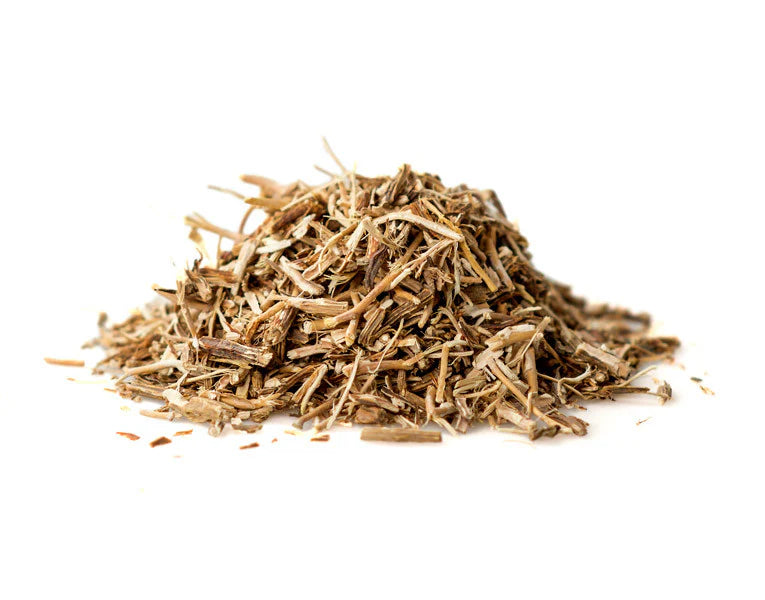
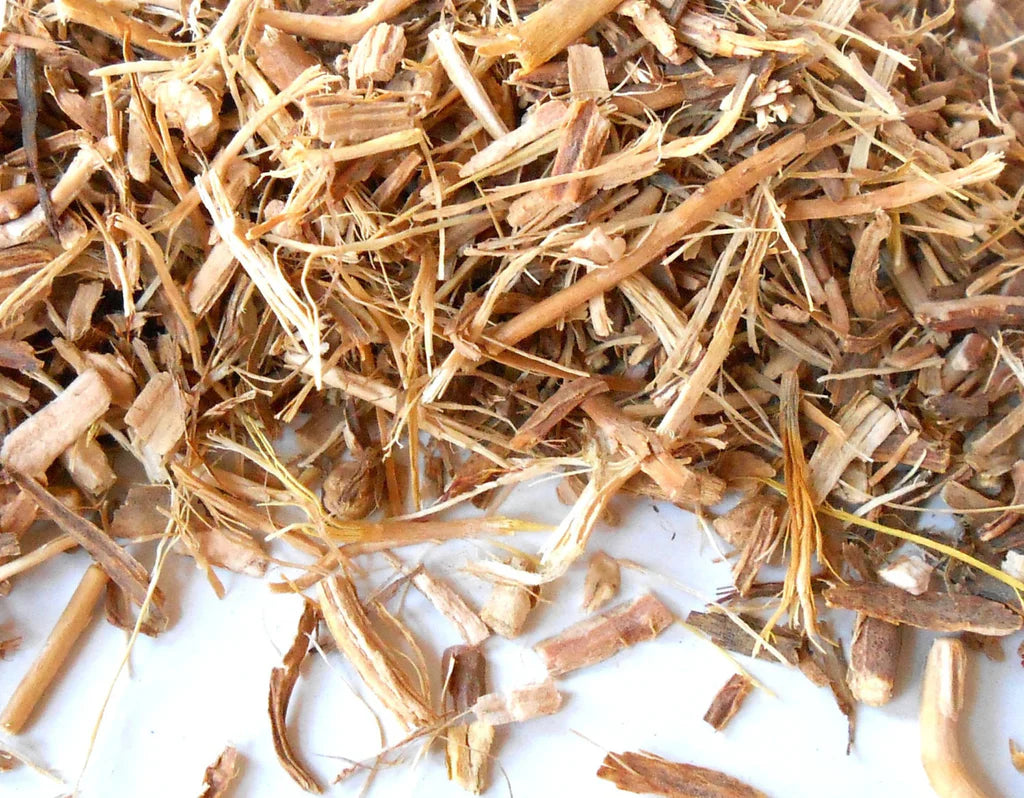

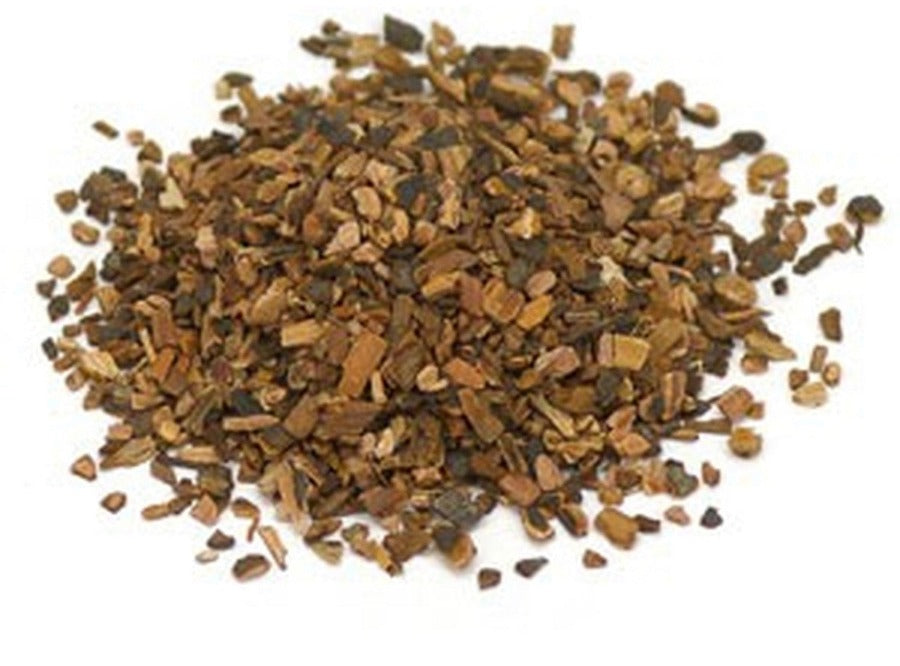
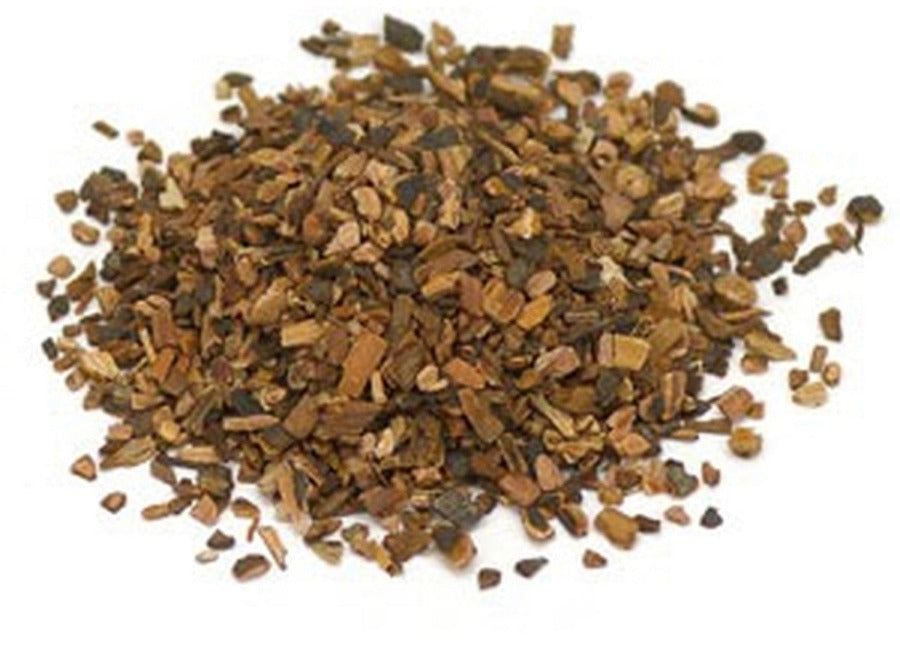
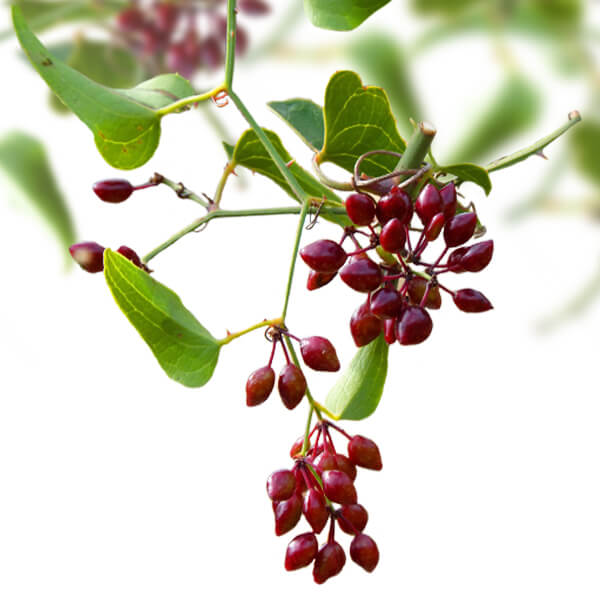
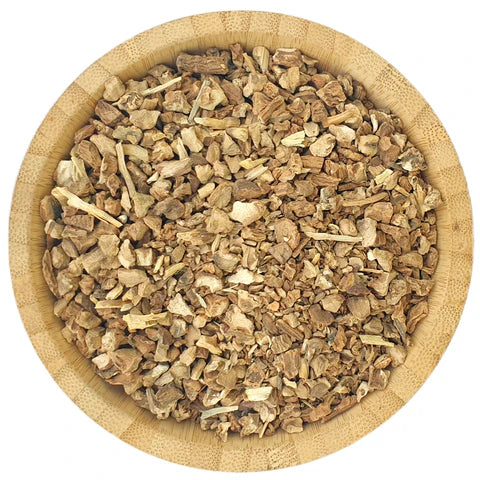
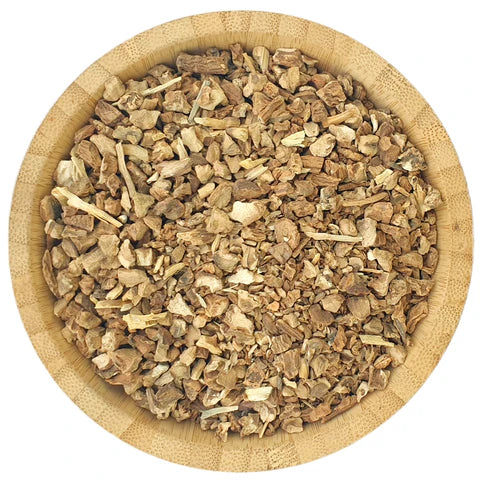
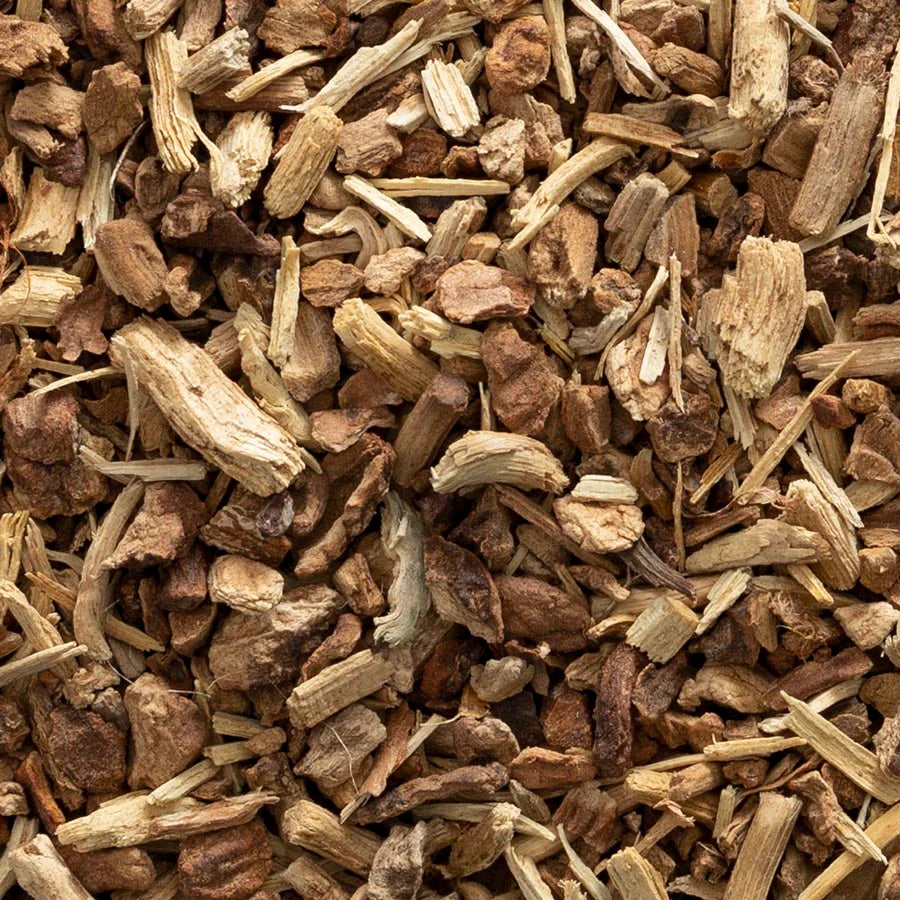
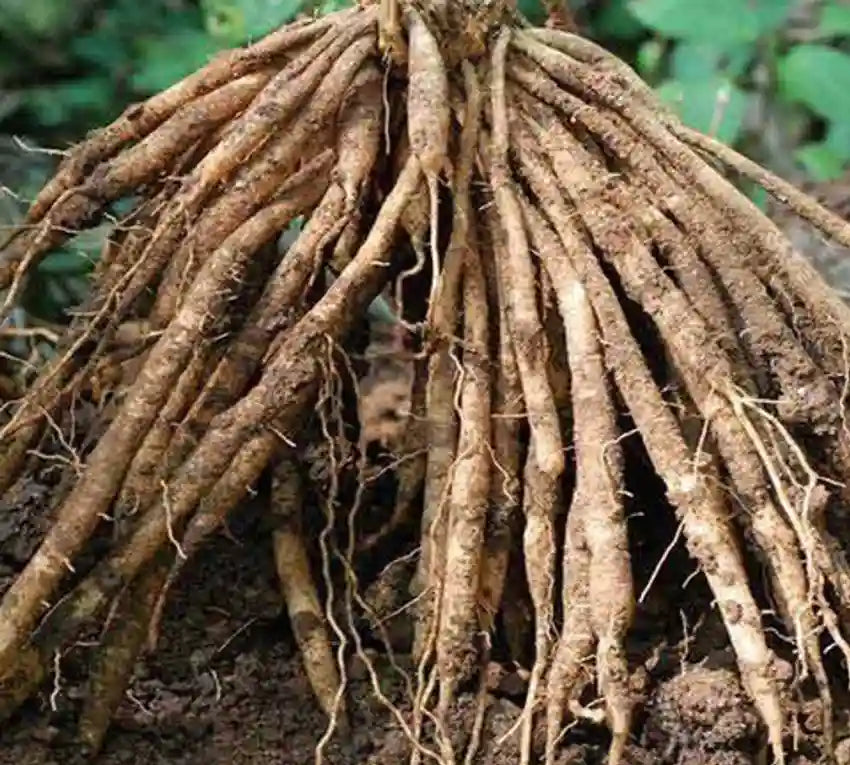

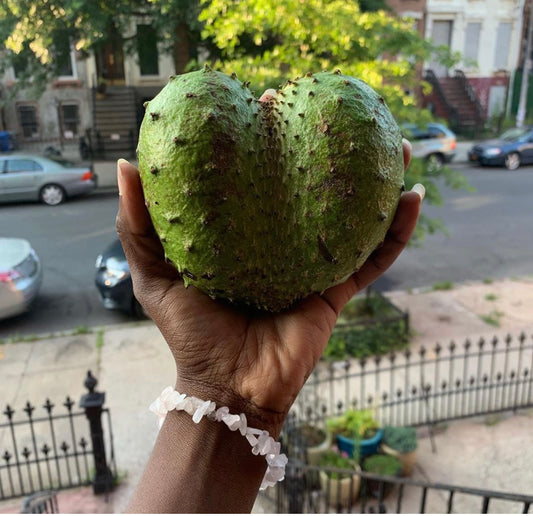
![6 PC - SOURSOP-IN-A-BOTTLE: Fresh Frozen Soursop Pulp — [Standard Shipping To Tri-State Area (Greater USA: 1-2 Day Shipping Required)]](http://foodfornegus.com/cdn/shop/files/20240611_161433_2.jpg?v=1718140061&width=533)


